
Fast-growing koa trees recover 3 after years of weed control.
In the 1920s, nasturtium was planted to provide a splash of color to this once cattle-ravaged kīpuka. After the cattle were removed, this ordinarily tame non-native garden plant spread wildly throughout Kīpukapuaulu, creating dense, plant-choking mats. These mats prevented native plant seedlings from becoming established—a problem that persists even today if left unattended. In the 1980s, a summer youth group, working alongside park staff, laboriously hand-pulled every nasturtium plant at this site. Once these overlying mats were uprooted, the dormant seeds of the endemic (found only in Hawaiʻi) koa (Acacia koa) trees germinated and grew rapidly in the deep soil of Kīpukapuaulu. Now that the nasturtium is being controlled, the koa, along with many other native species are prospering. In 100 years, many of these young koa trees will become the new forest elders, growing up to 75–100 feet (23–30 m) tall and 3–5 feet (1–1.5 m) in diameter—ready to nurture the forest life below them.Is there something we missed for this itinerary?
Itineraries across USA
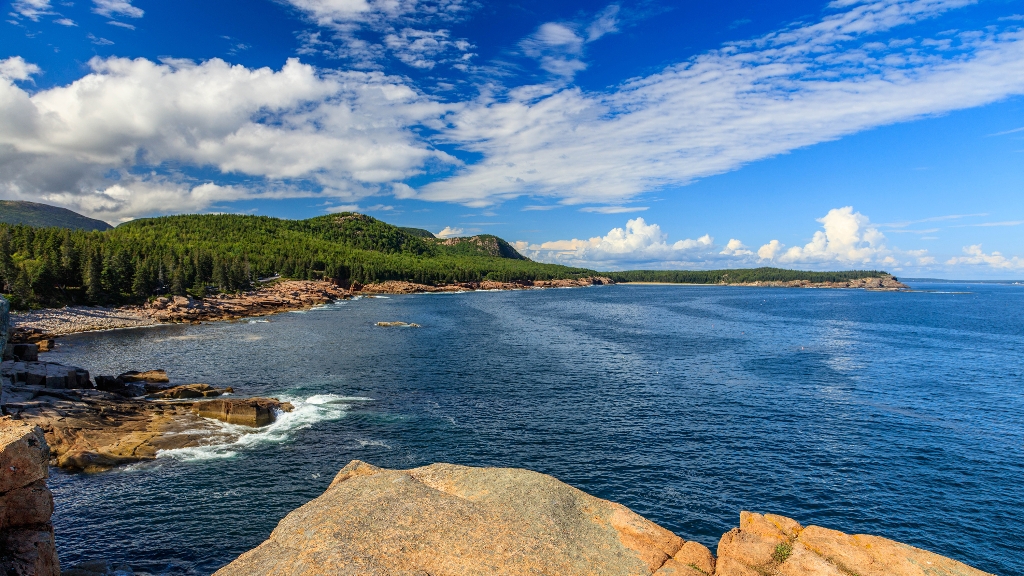
Acadia
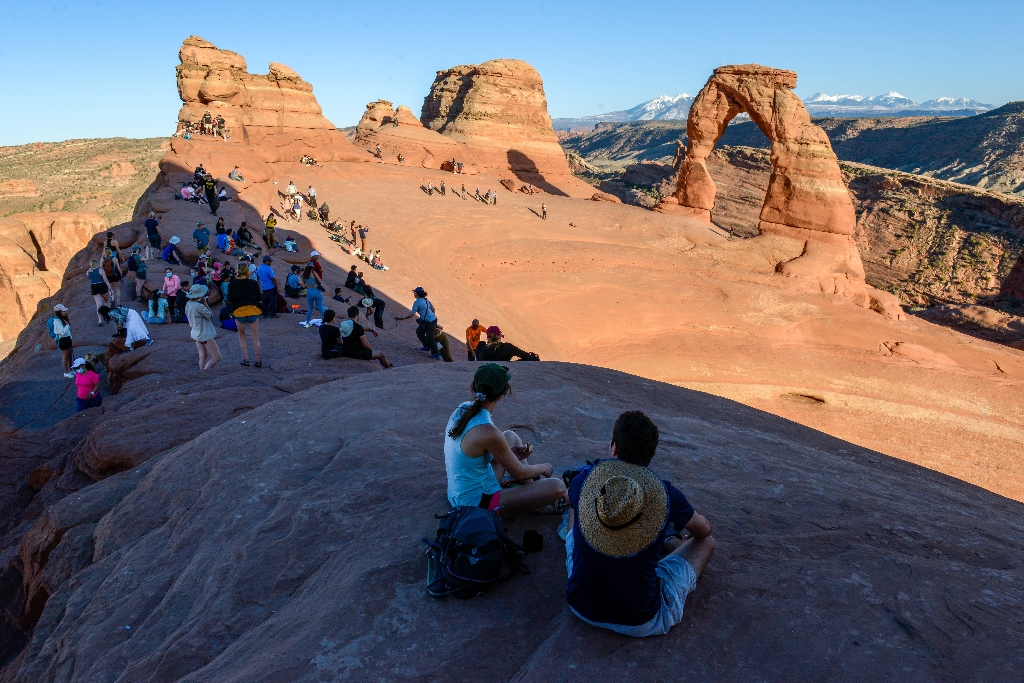
Arches National Park

Badlands
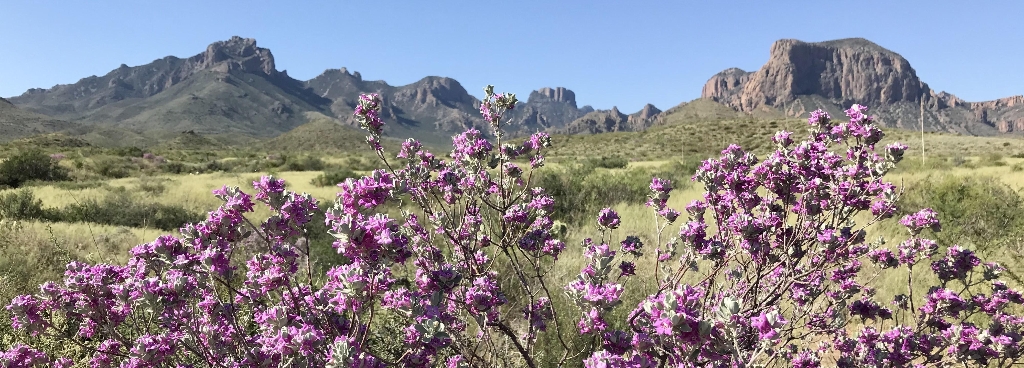
Big Bend
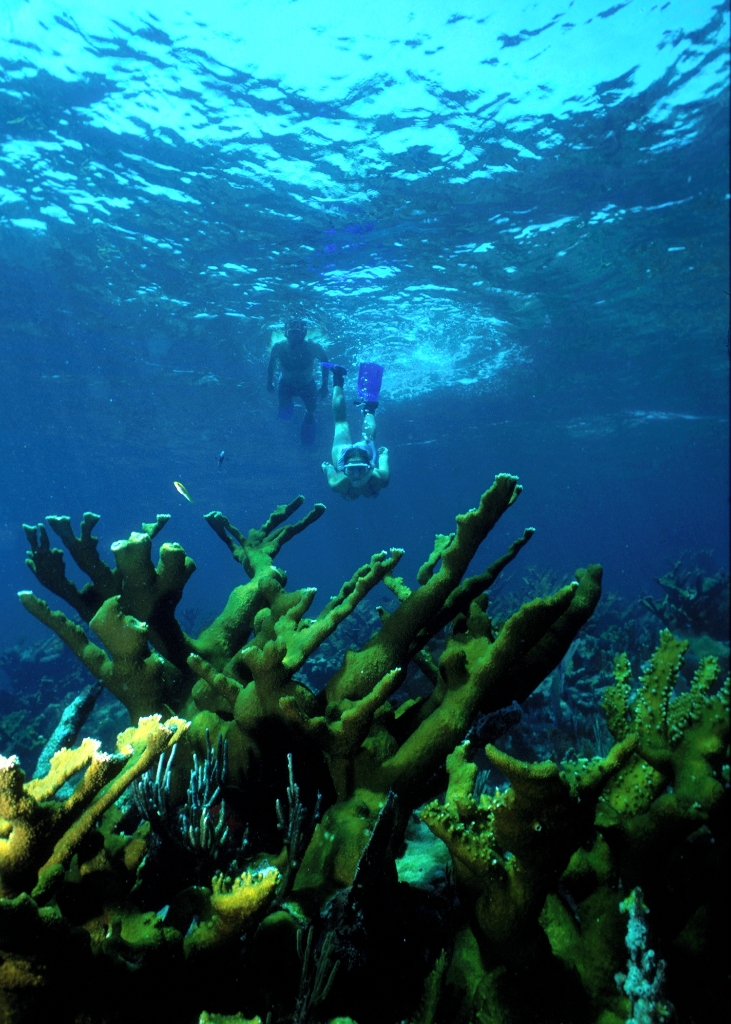
Biscayne

Black Canyon Of The Gunnison
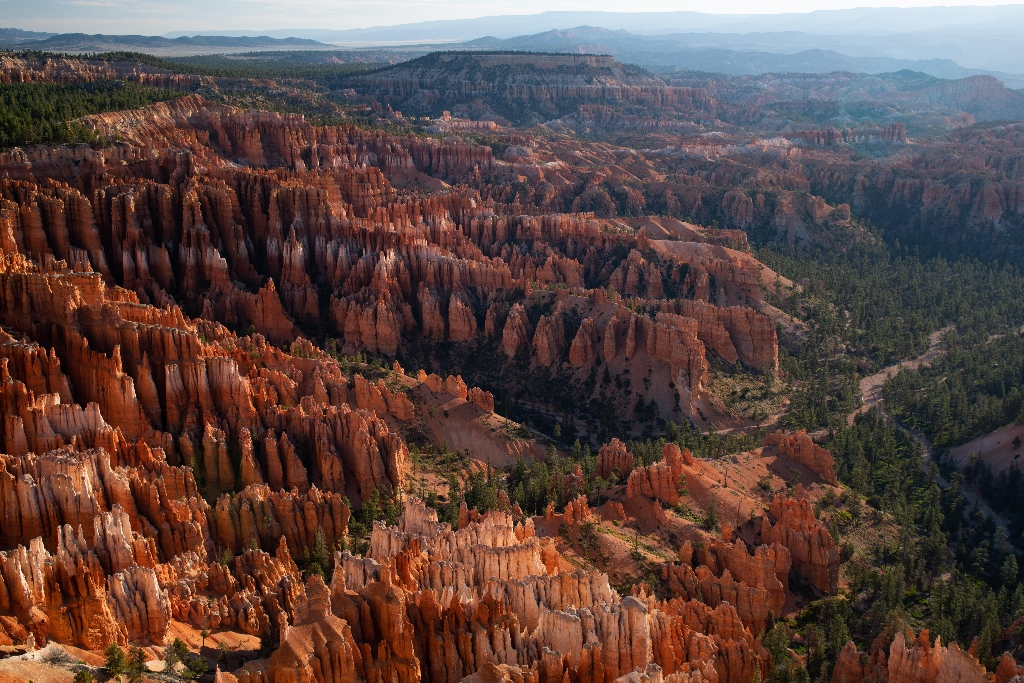
Bryce Canyon
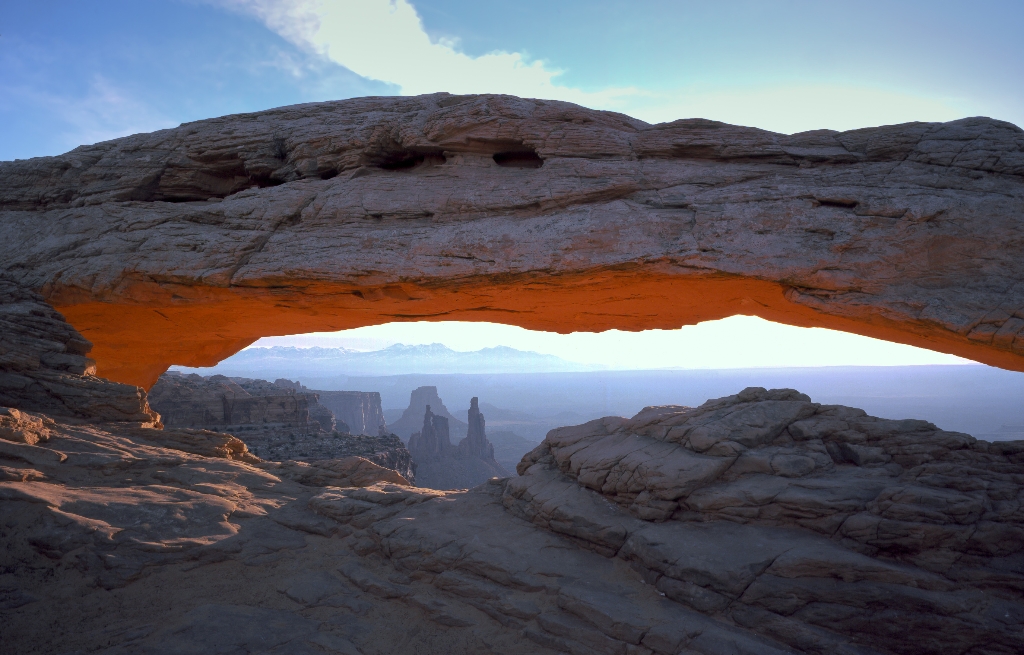
Canyonlands
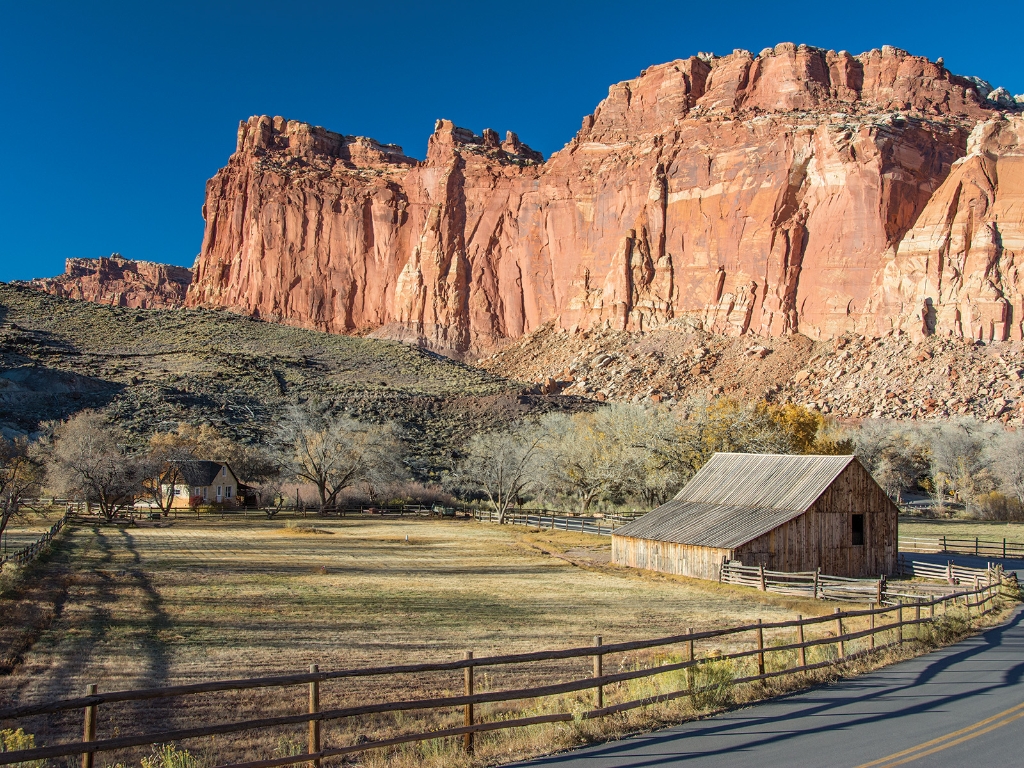
Capitol Reef
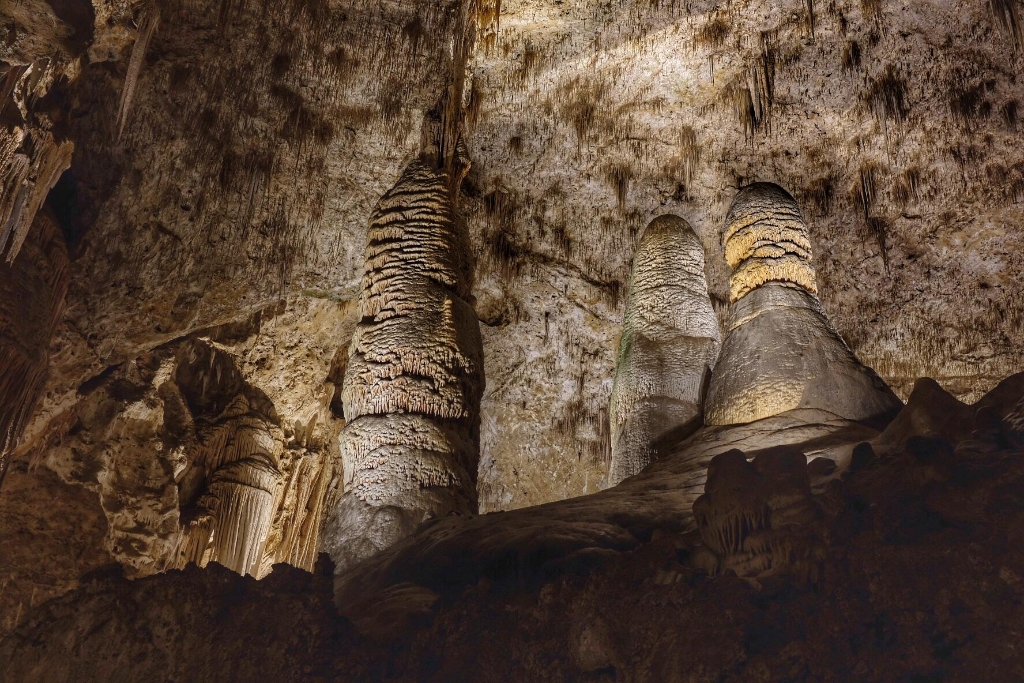
Carlsbad Caverns
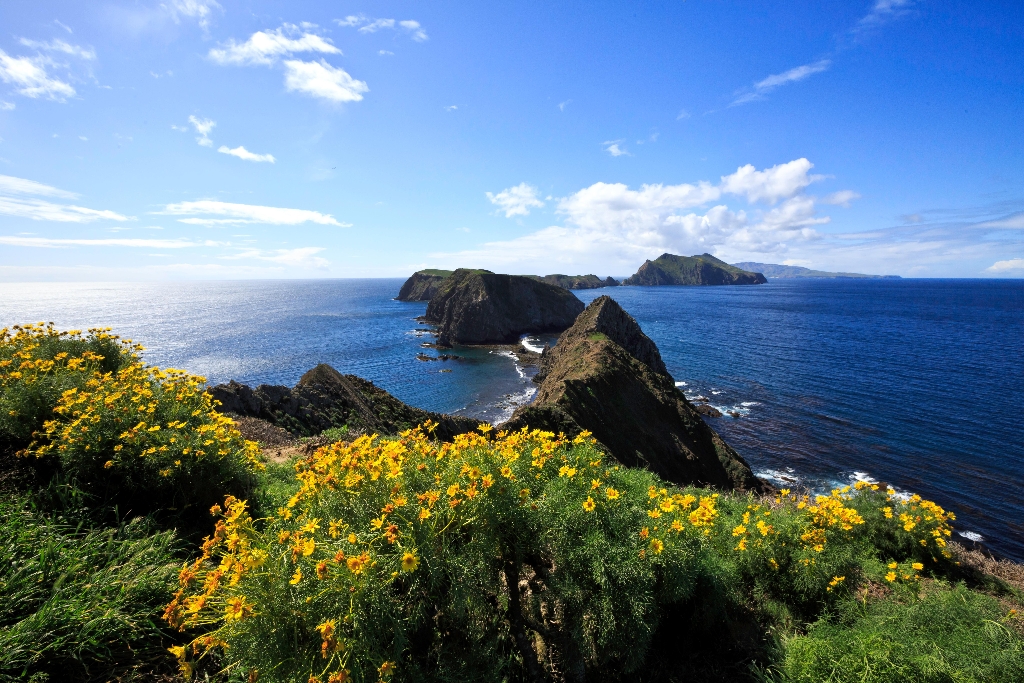
Channel Islands
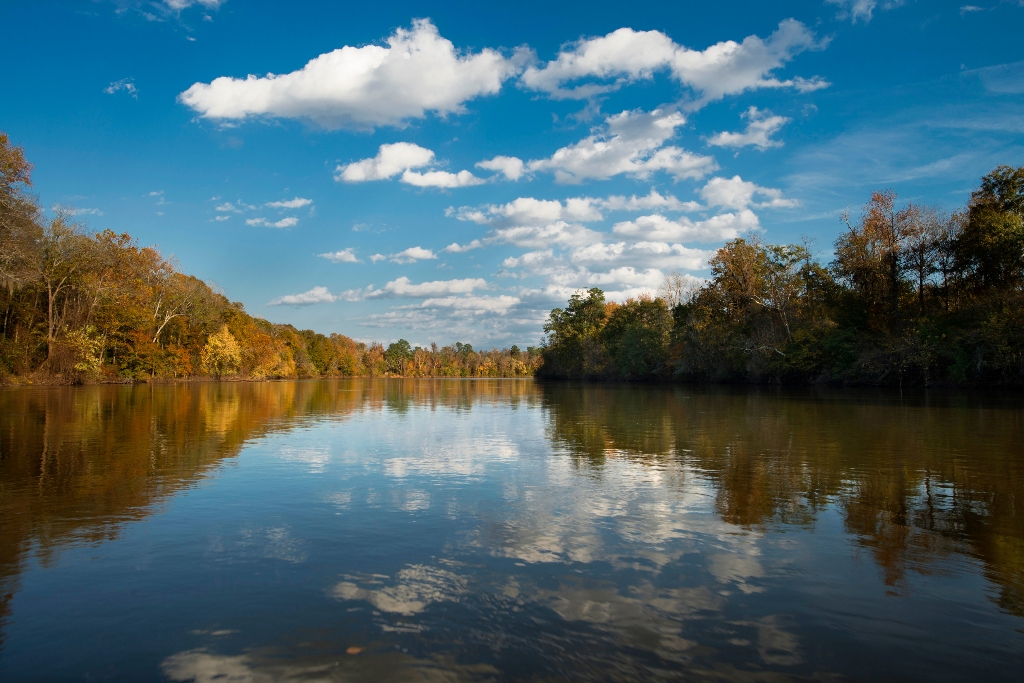
Congaree
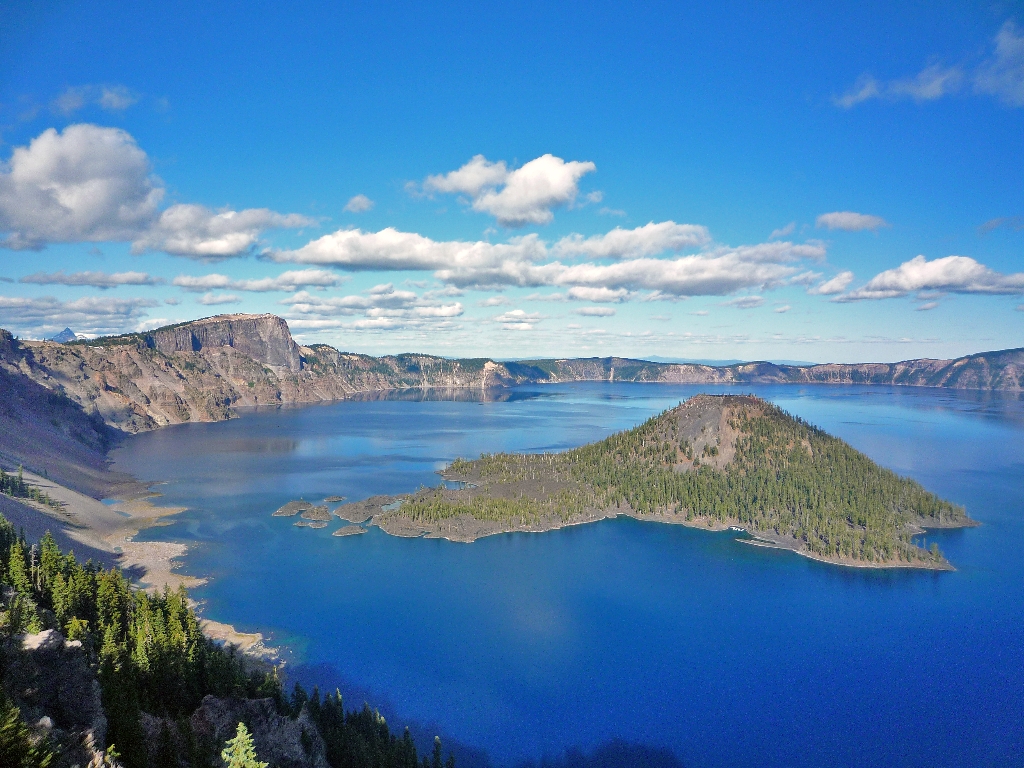
Crater Lake
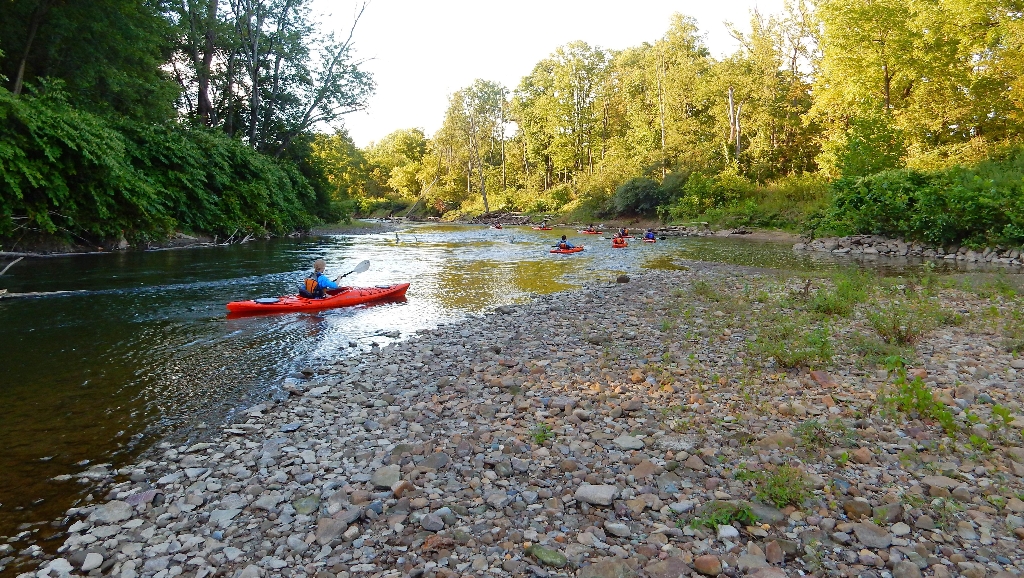
Cuyahoga Valley

Death Valley
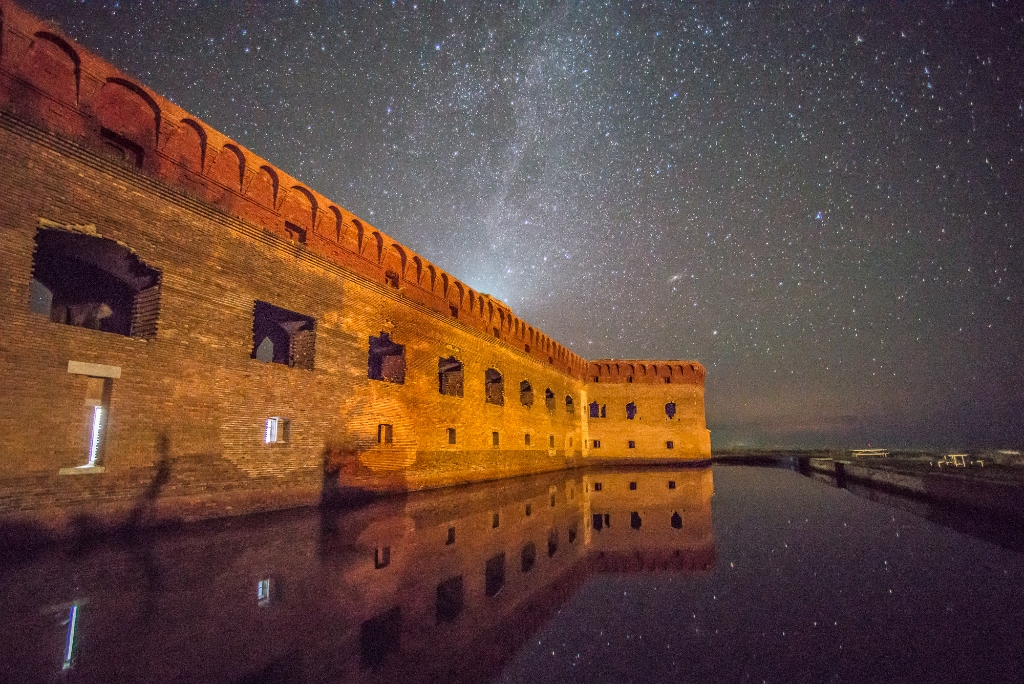
Dry Tortugas
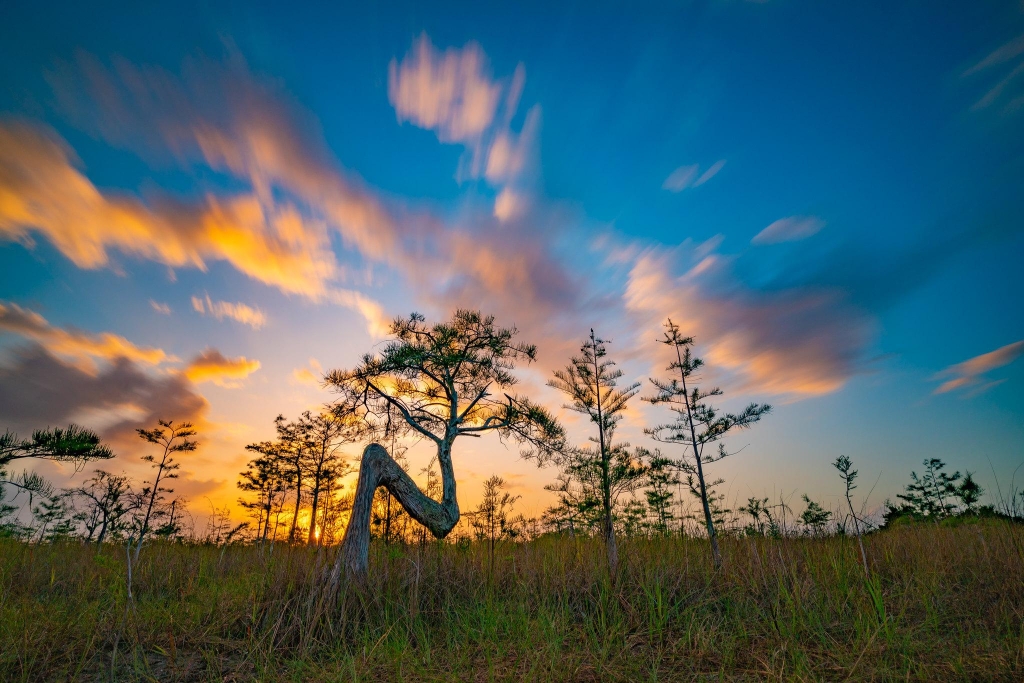
Everglades

Gateway Arch
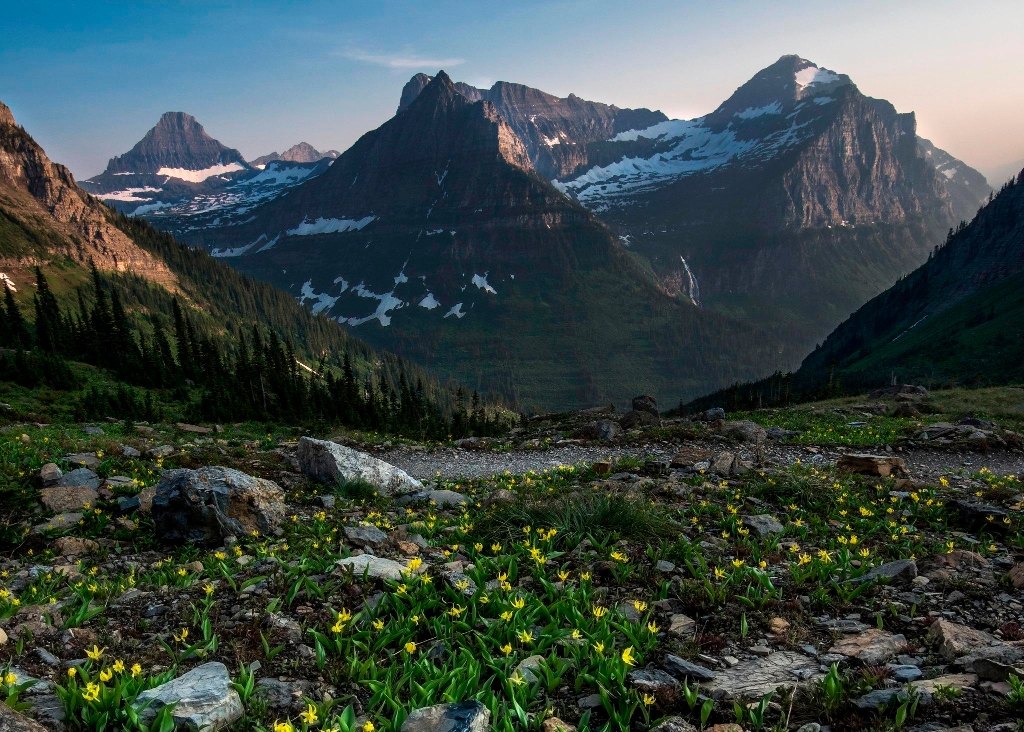
Glacier
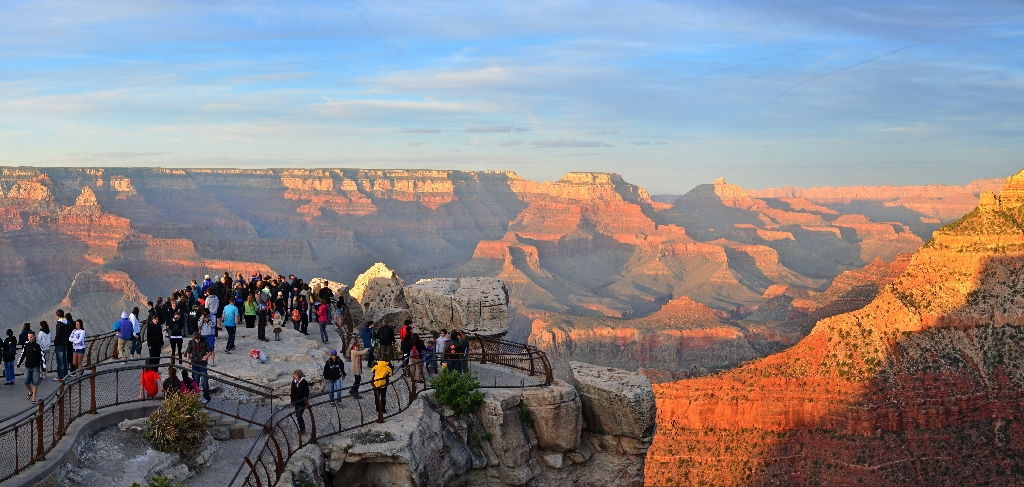
Grand Canyon

Grand Teton
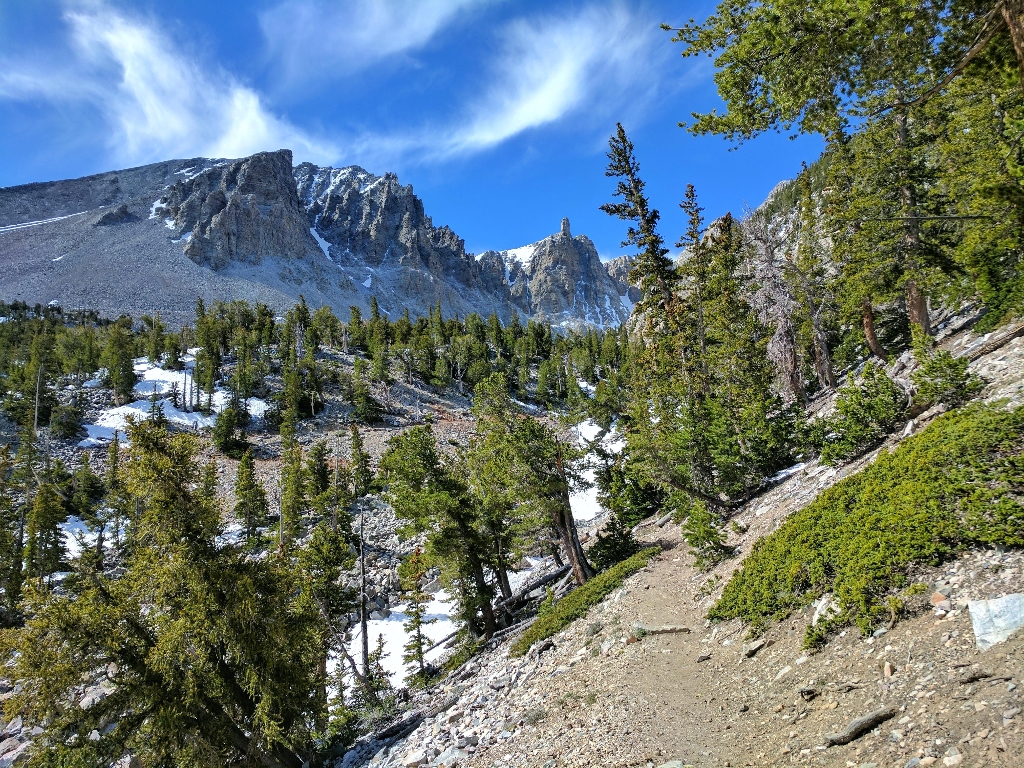
Great Basin
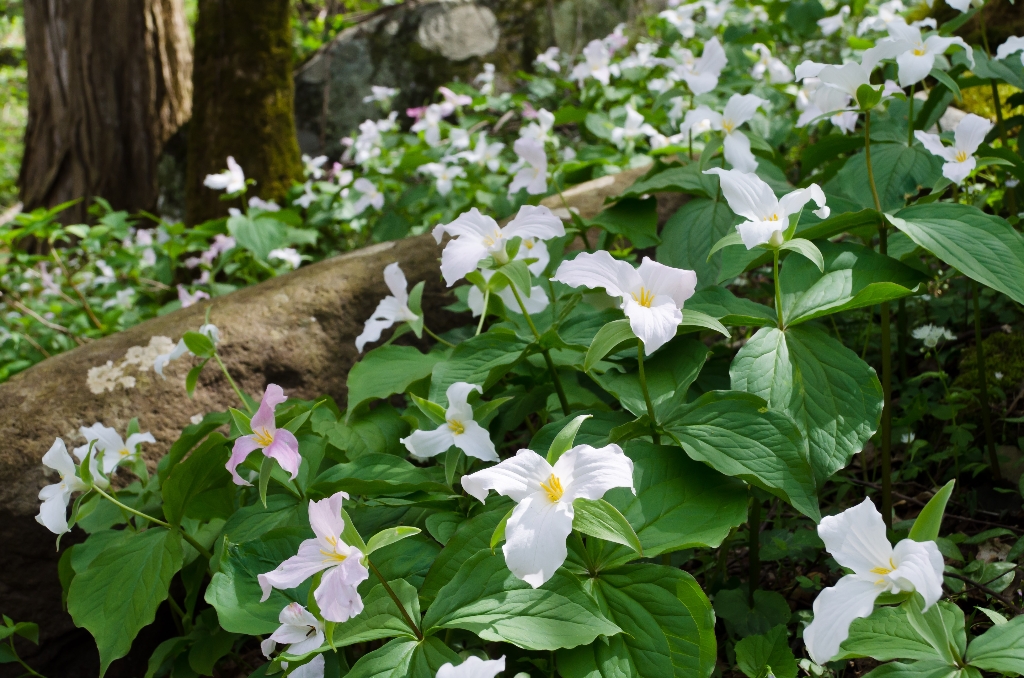
Great Smoky Mountains
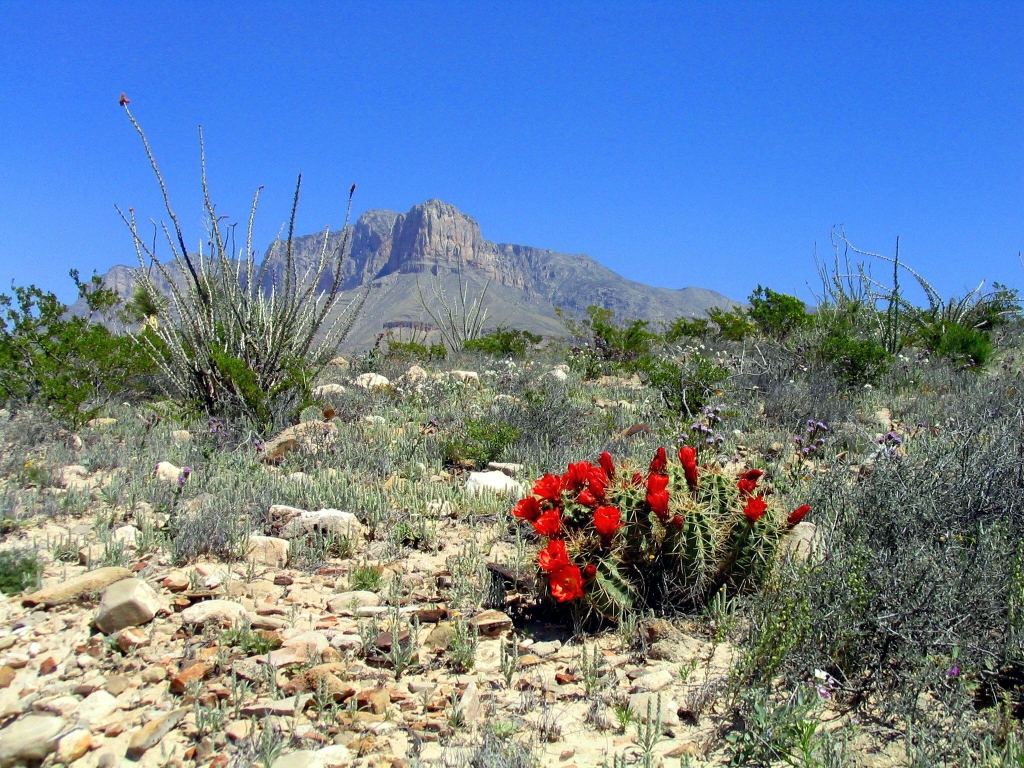
Guadalupe Mountains

Haleakalā
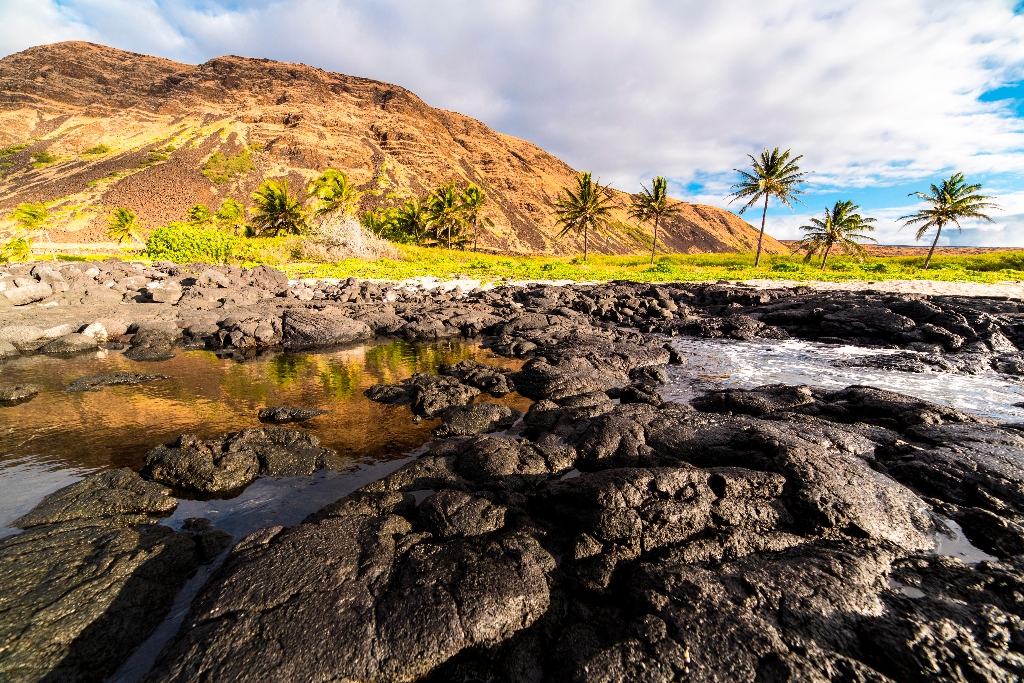
Hawaiʻi Volcanoes
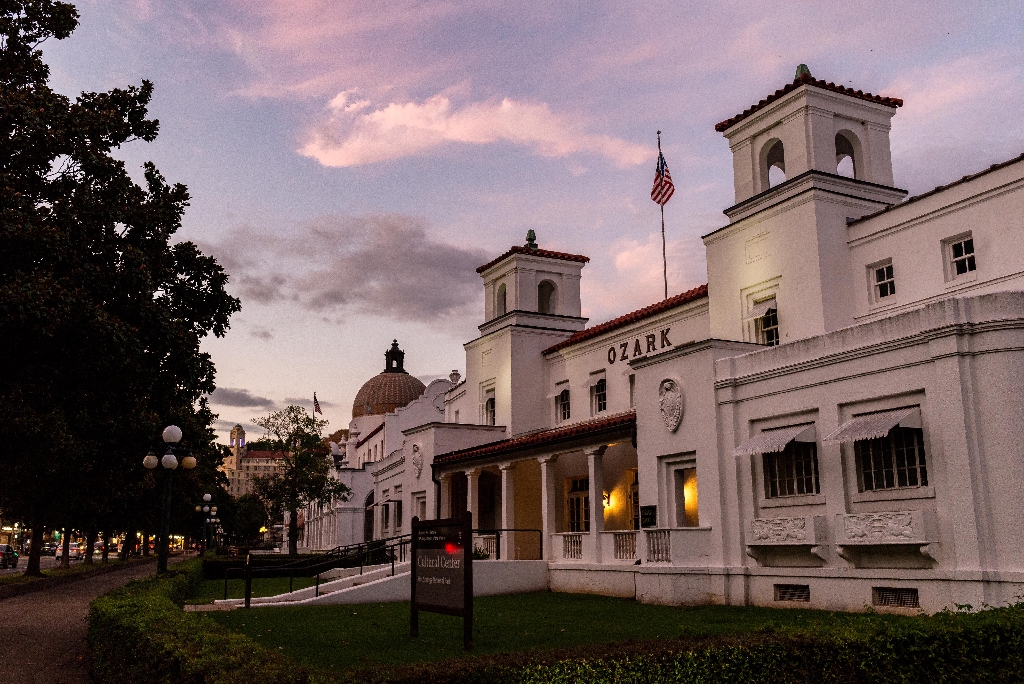
Hot Springs
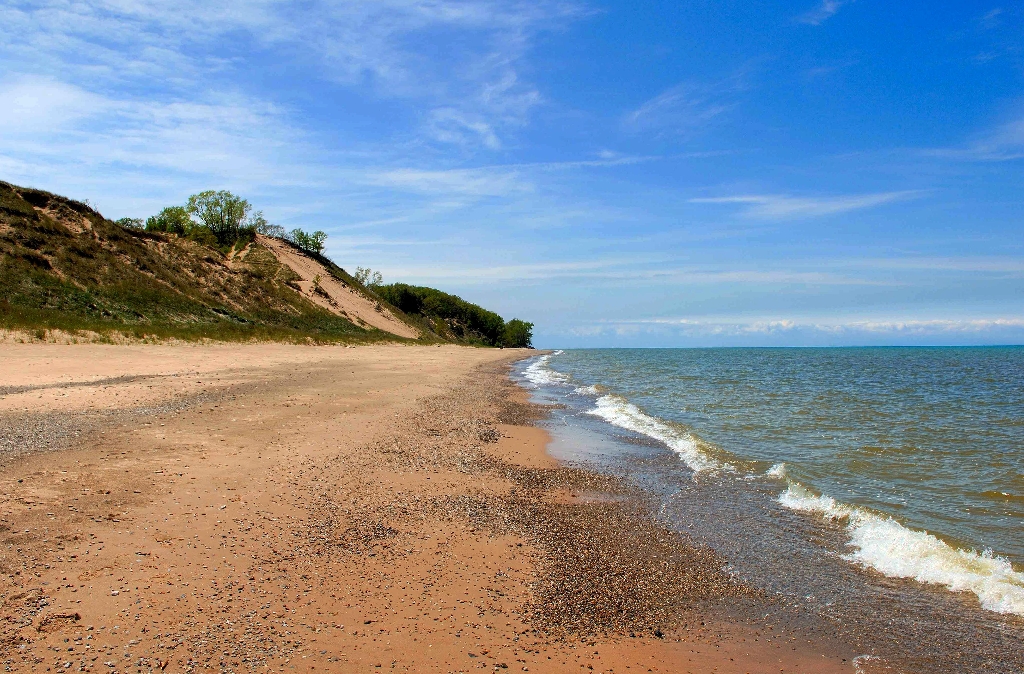
Indiana Dunes
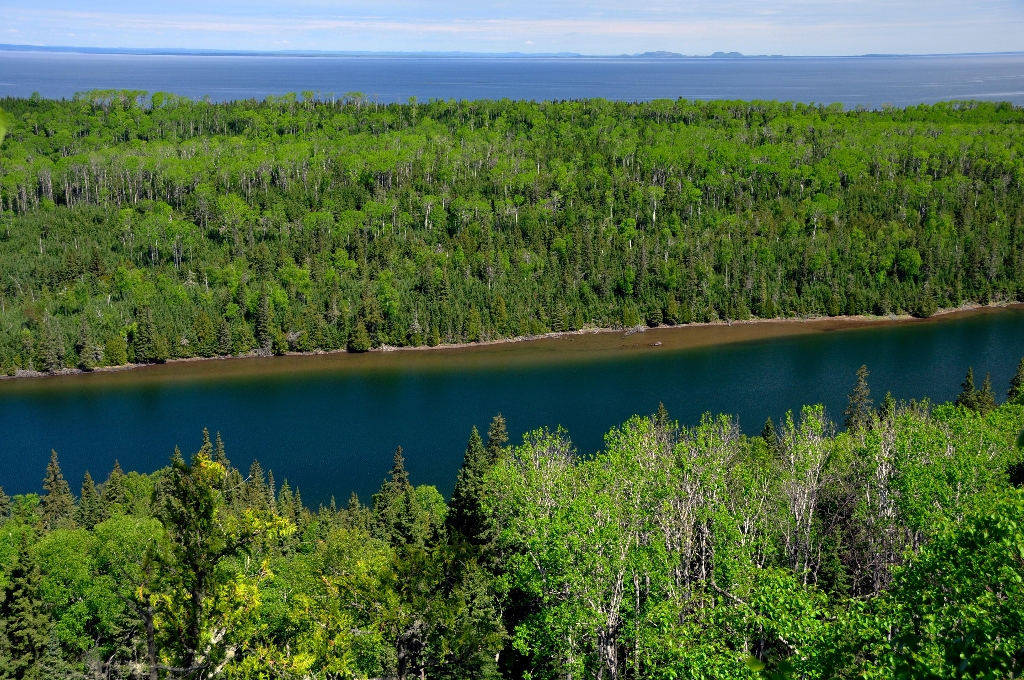
Isle Royale
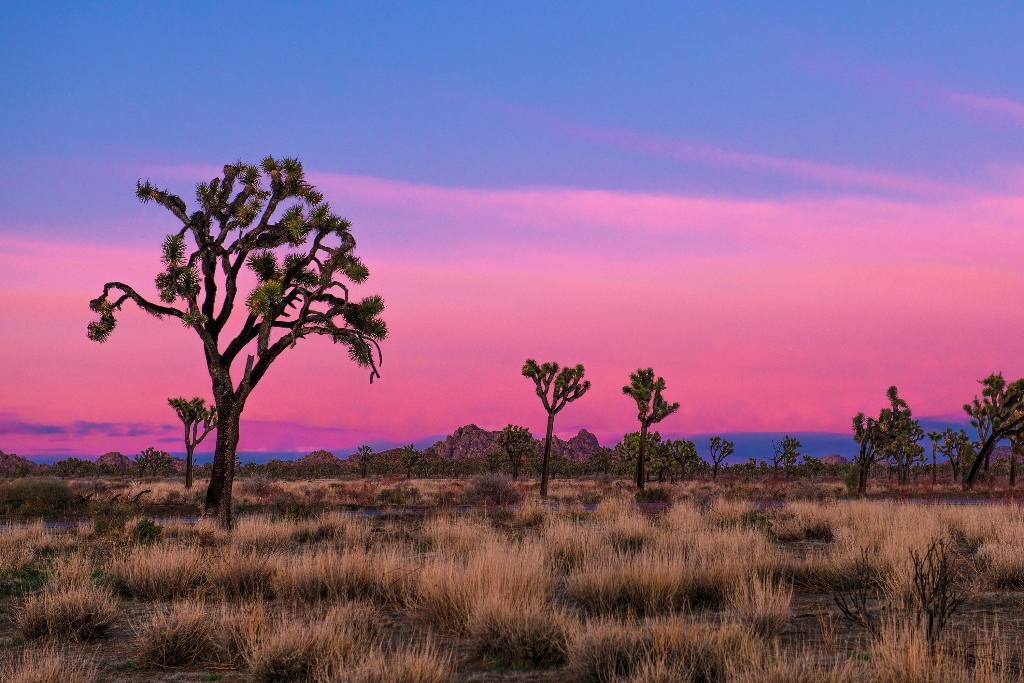
Joshua Tree

Kenai Fjords

Kobuk Valley
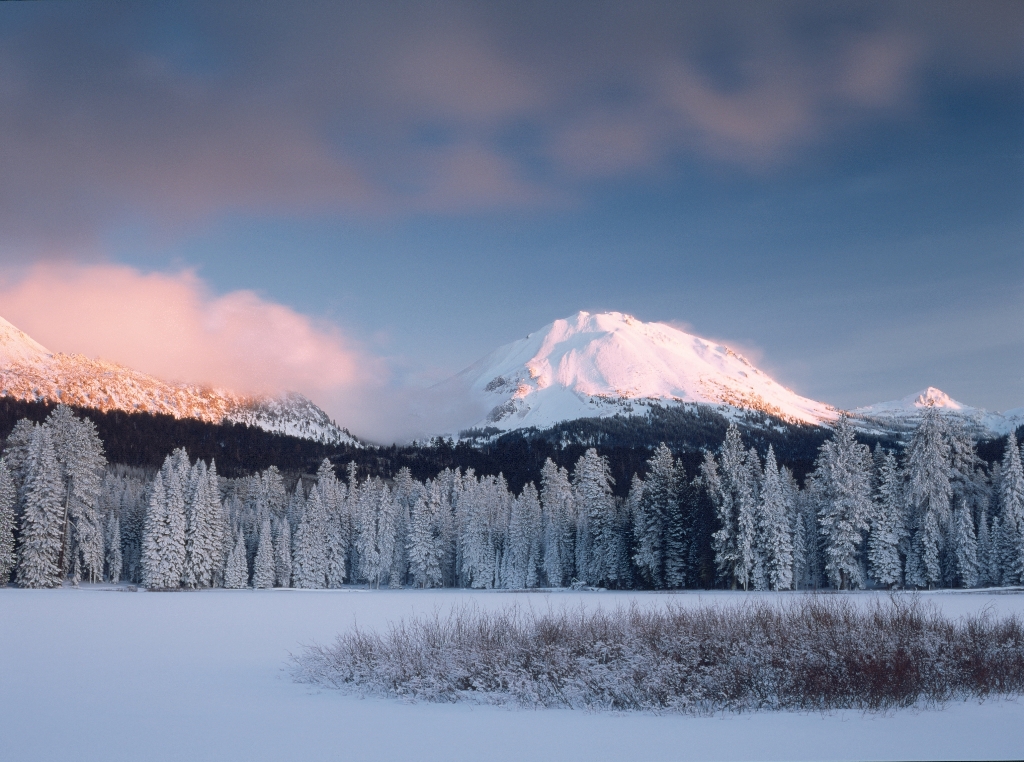
Lassen Volcanic
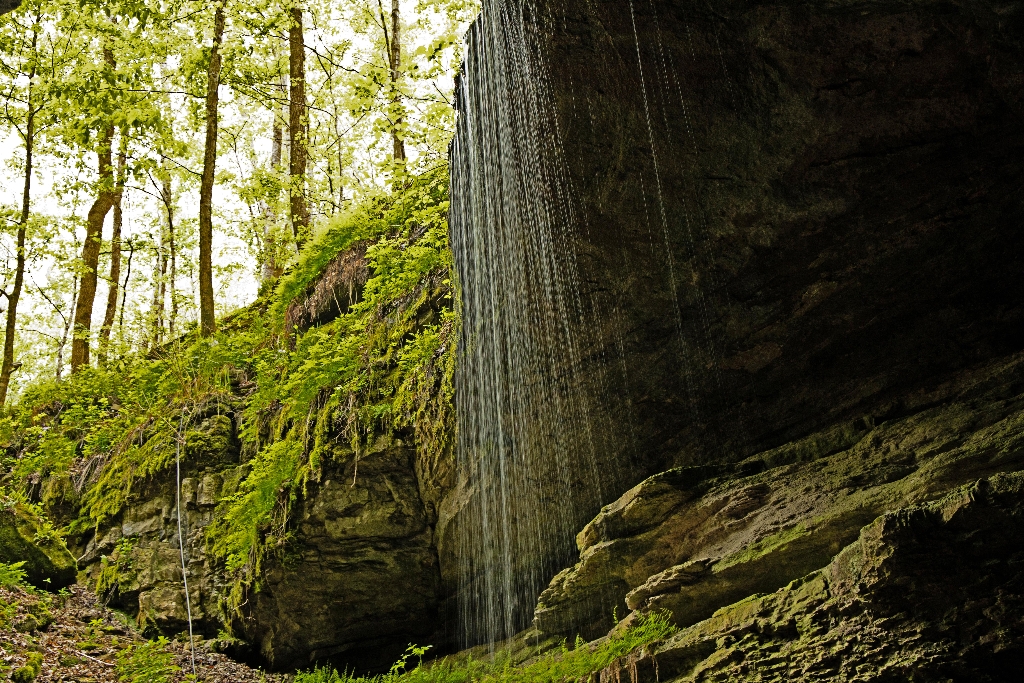
Mammoth Cave
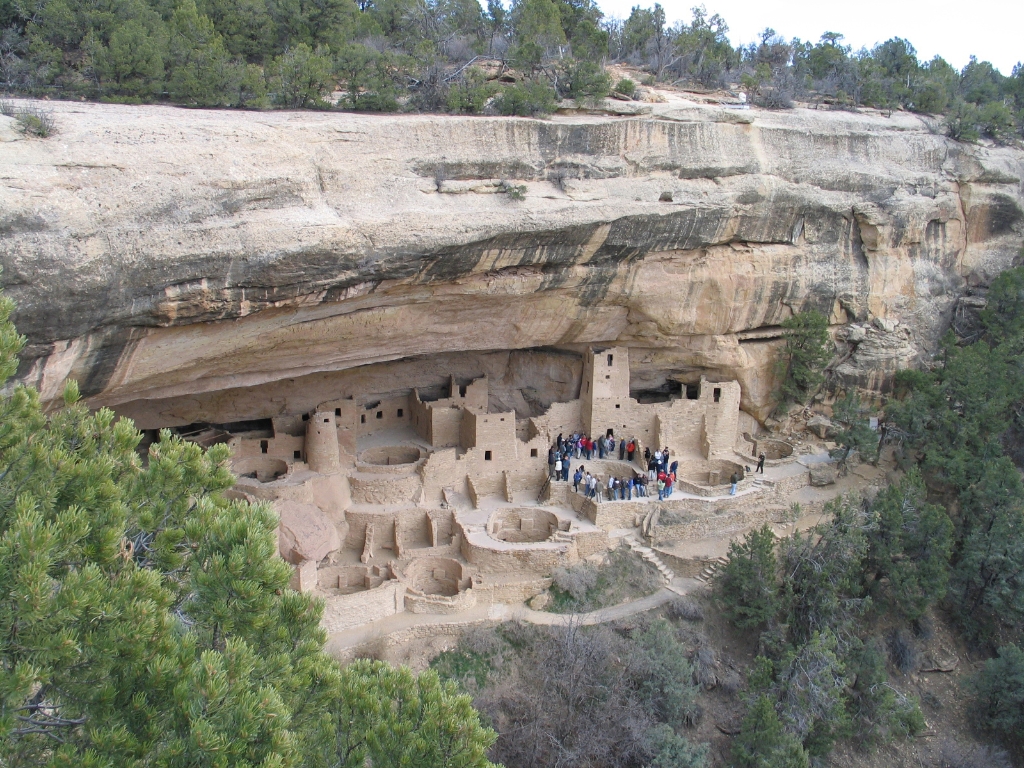
Mesa Verde
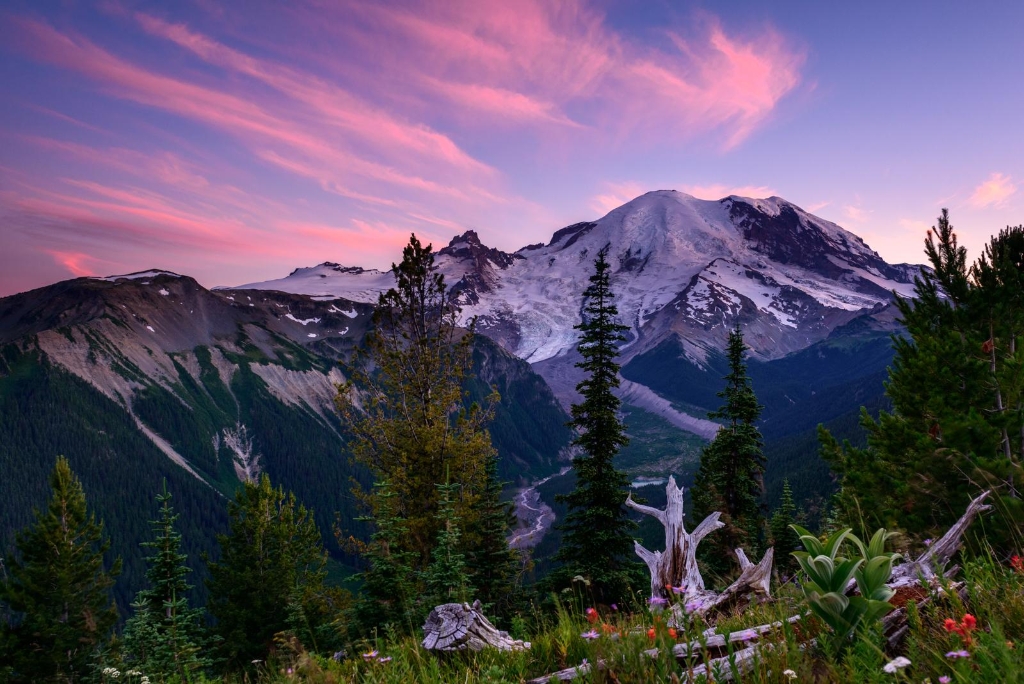
Mount Rainier
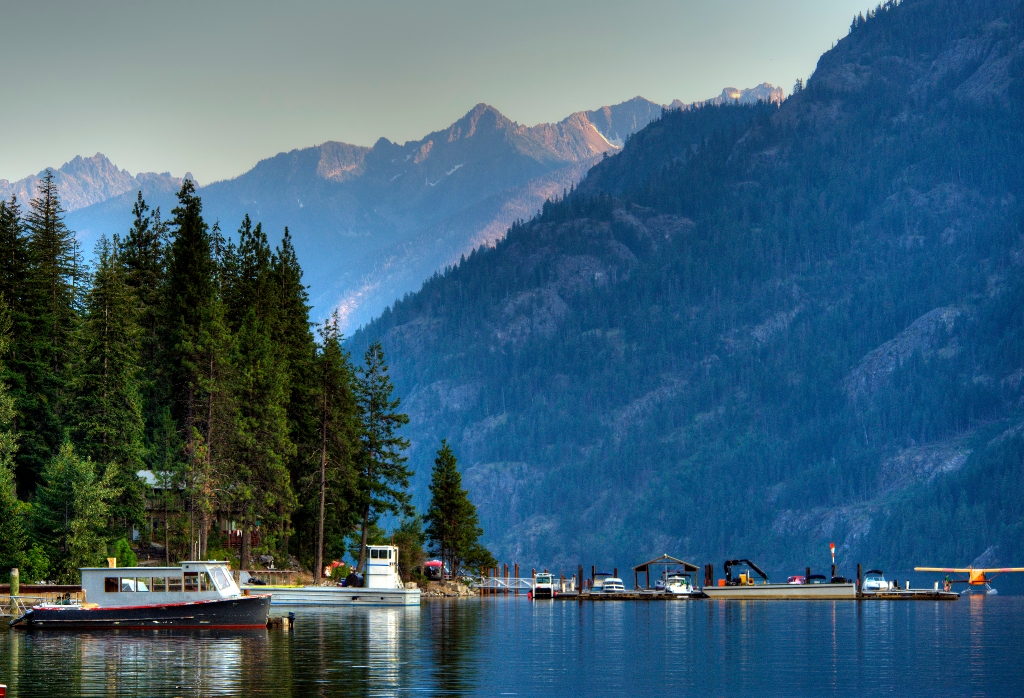
North Cascades

Olympic
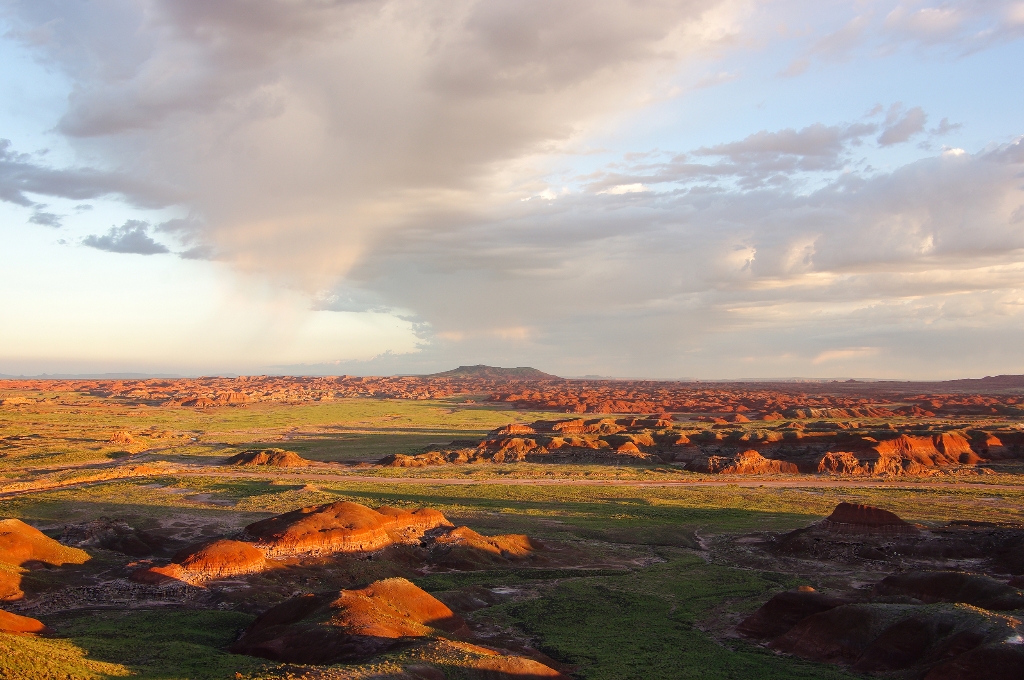
Petrified Forest
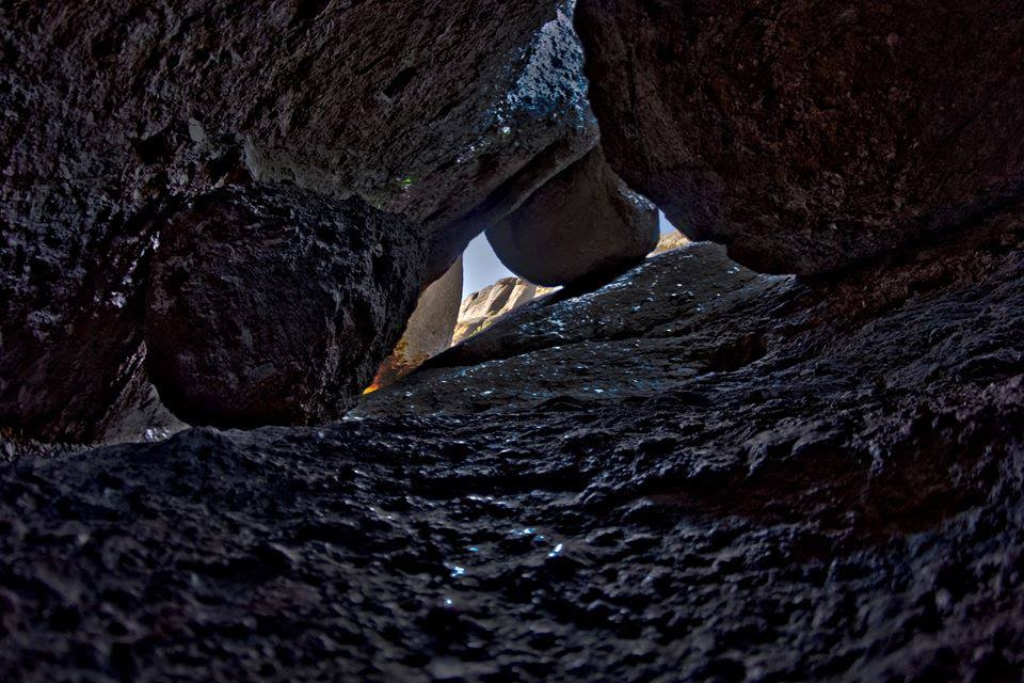
Pinnacles
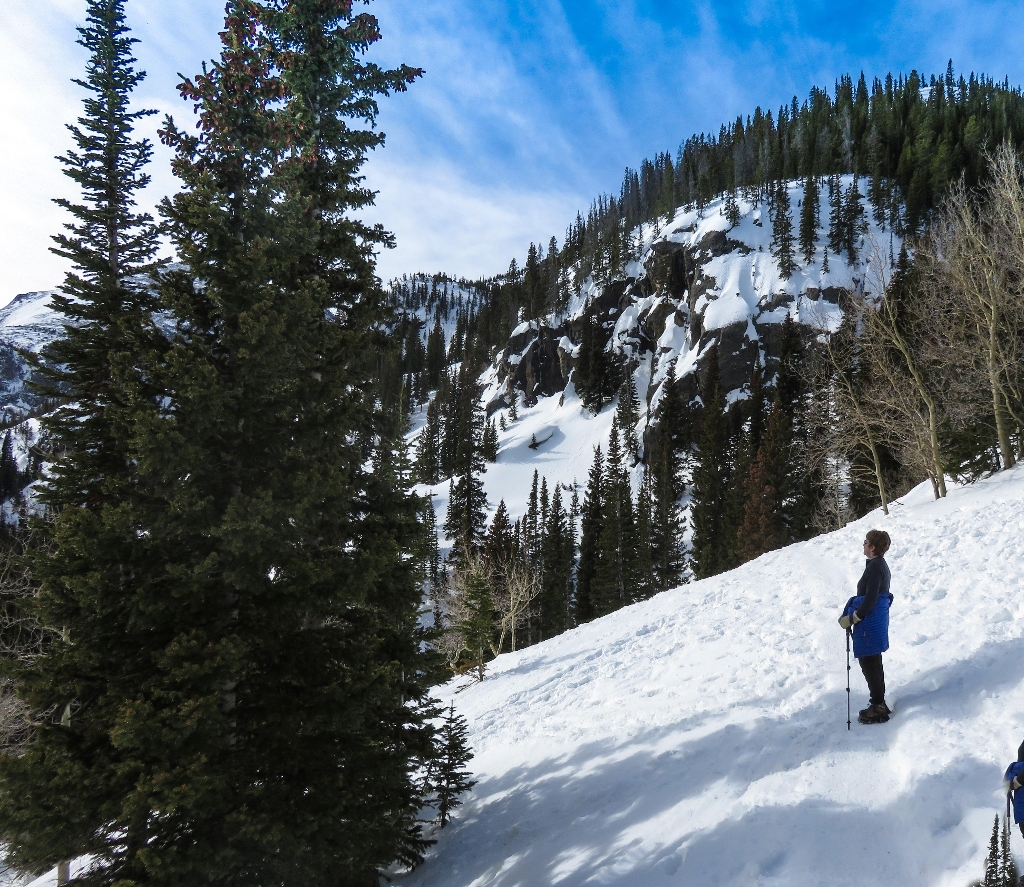
Rocky Mountain
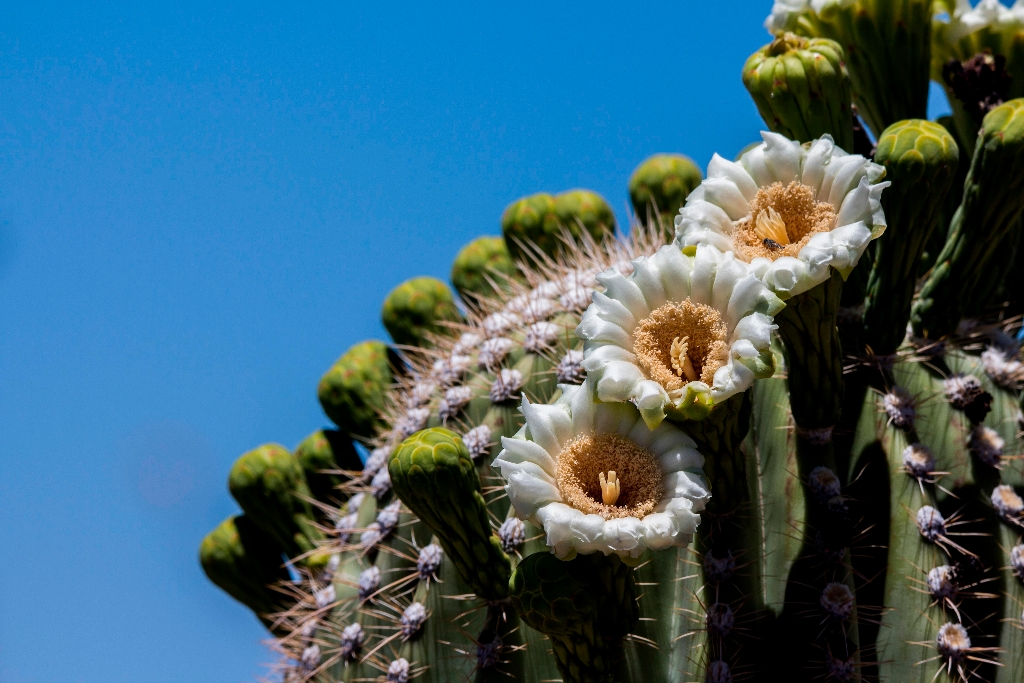
Saguaro
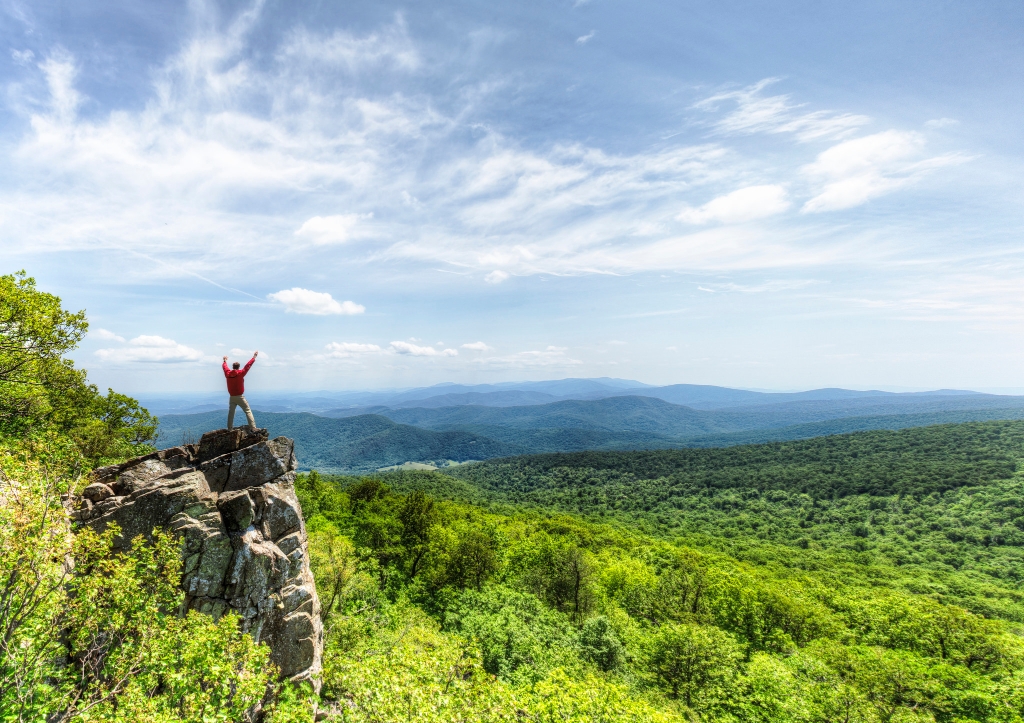
Shenandoah
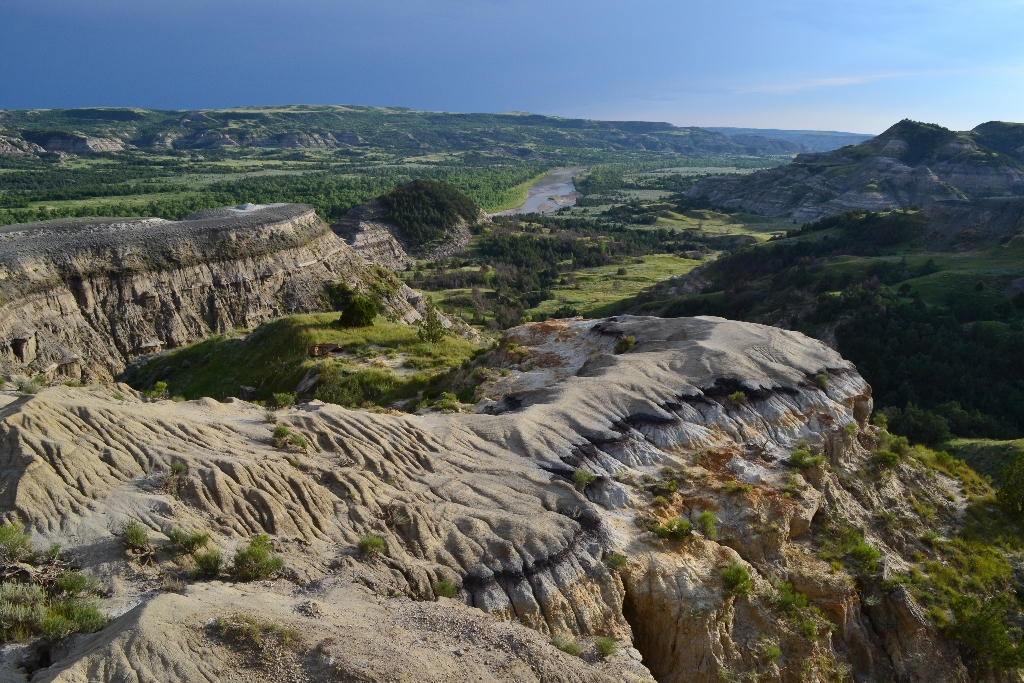
Theodore Roosevelt
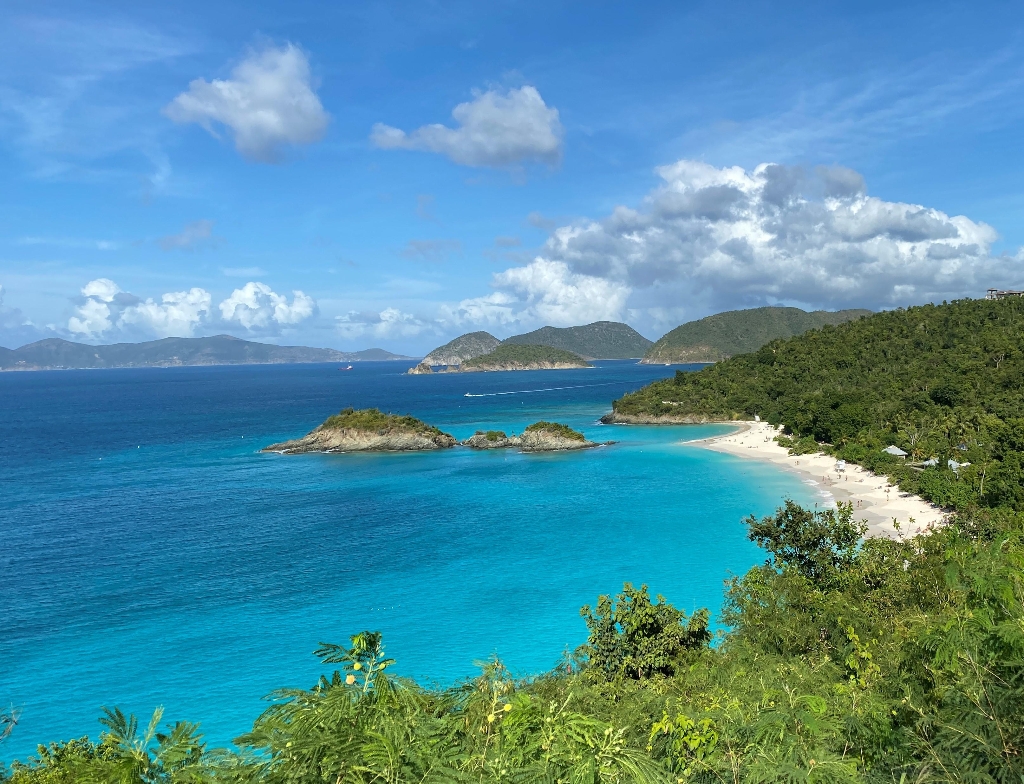
Virgin Islands
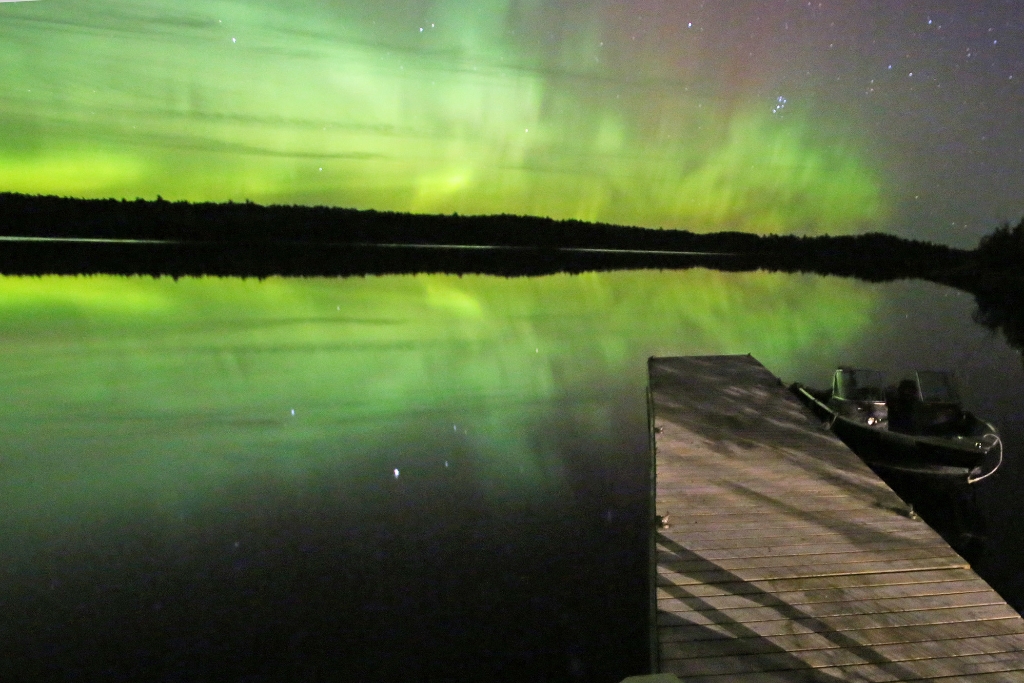
Voyageurs
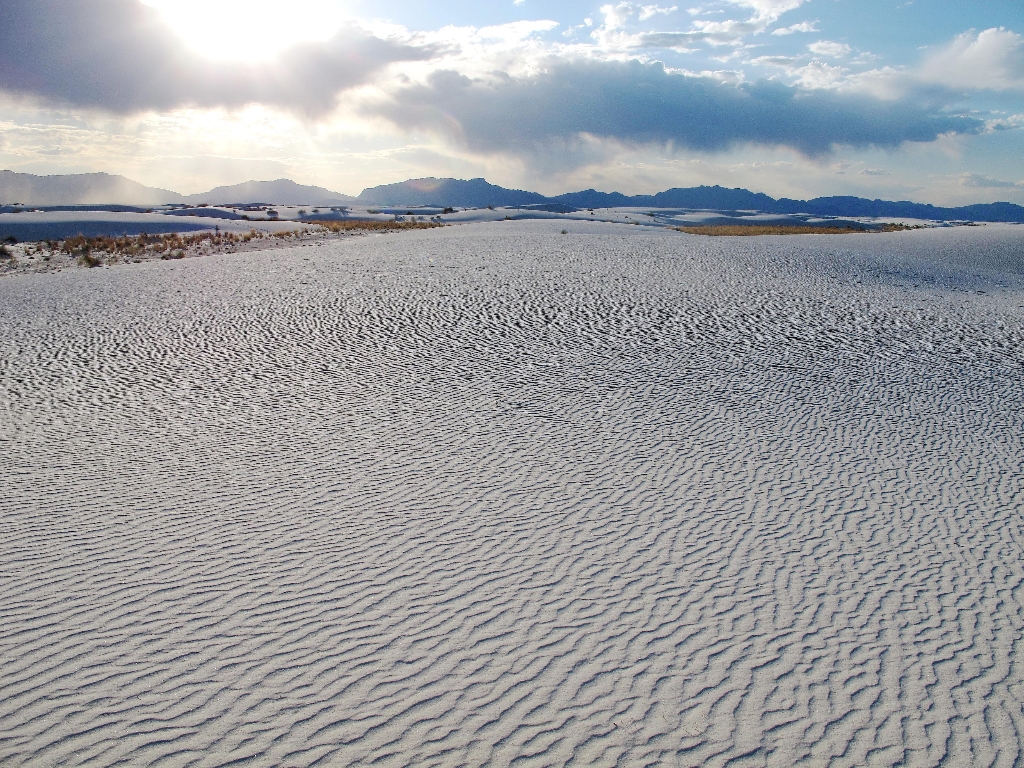
White Sands
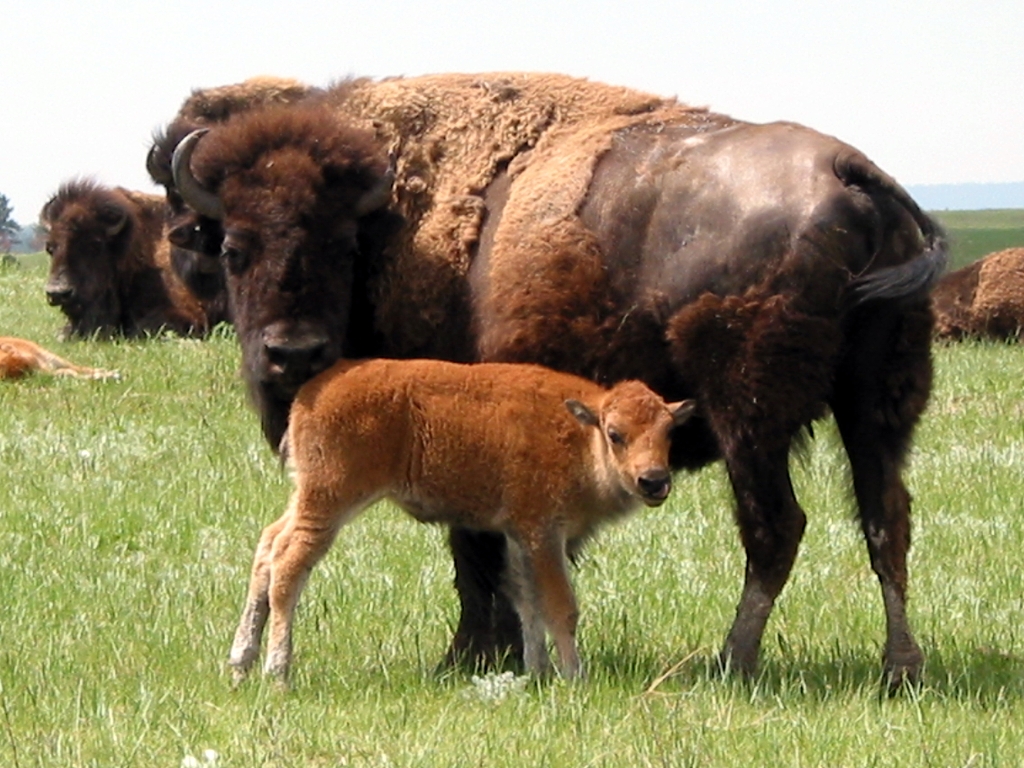
Wind Cave
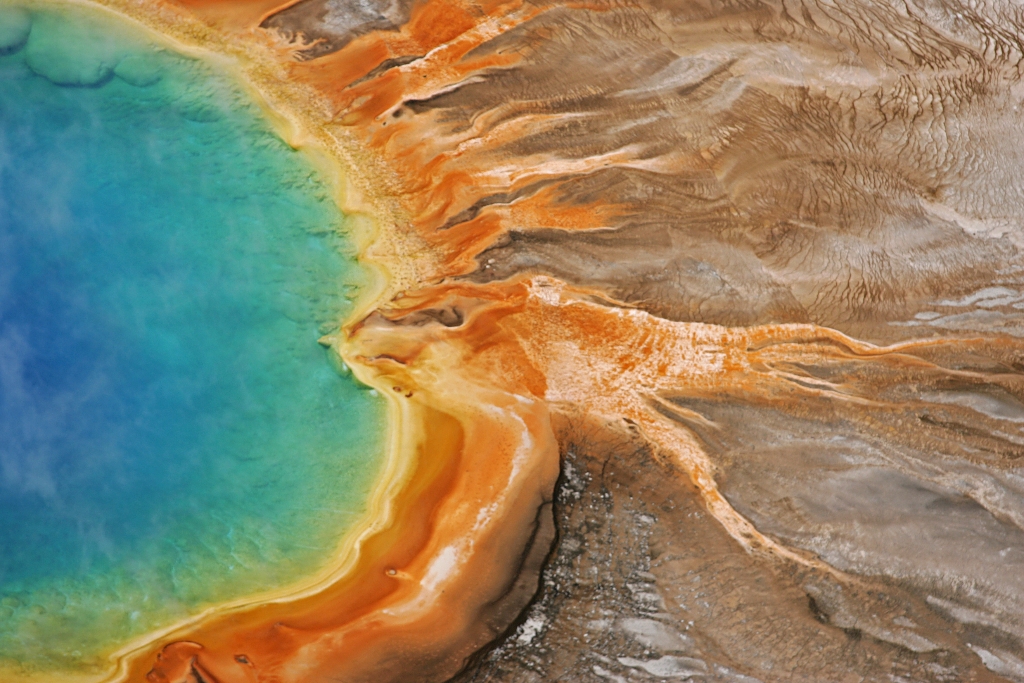
Yellowstone
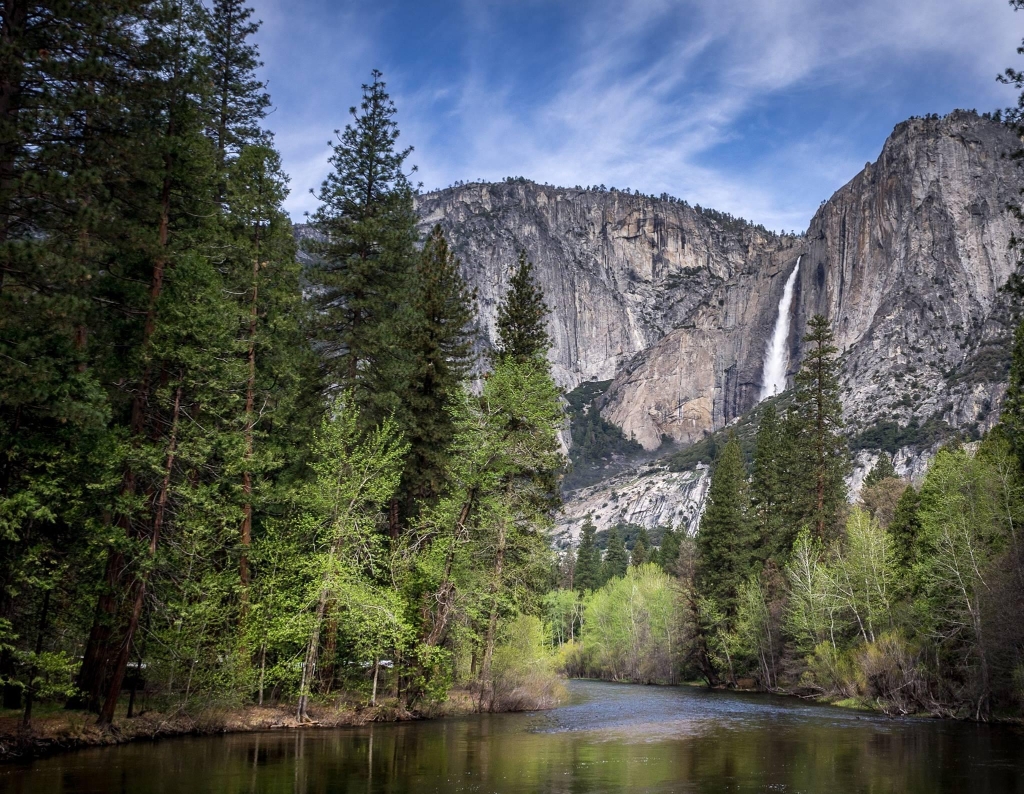
Yosemite

Zion